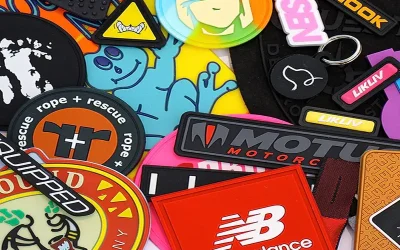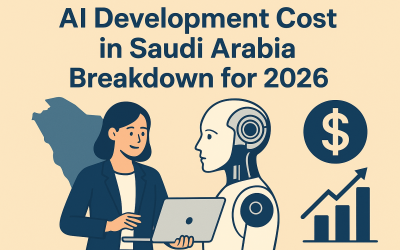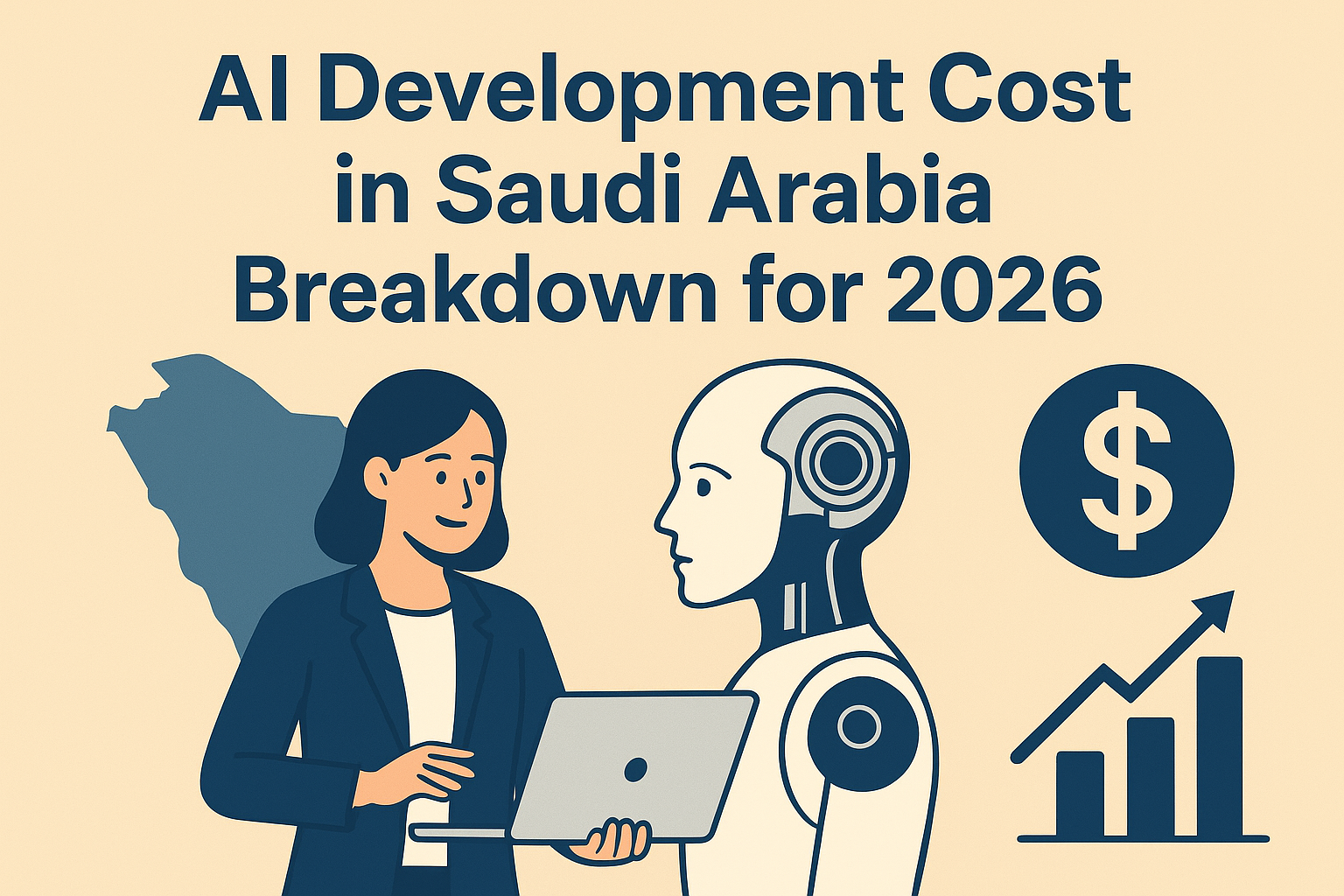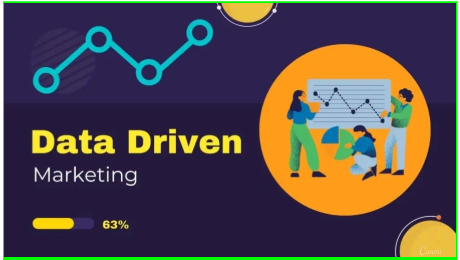The Internet of Things (IoT) has become a key part of digital transformation as more and more businesses move toward automation, intelligence, and connectivity. The right IoT development framework and implementation strategy are very important for long-term success, whether you’re trying to make manufacturing processes better, build smart infrastructure, or keep an eye on logistics operations.
This guide is a business-focused look at the world of IoT development. We break down everything you need to know to create, grow, and maintain a successful IoT solution, from understanding the main frameworks to putting best practices into action at all stages of the lifecycle.
Understanding IoT Development Frameworks
What is an IoT framework?
A set of tools, libraries, protocols, and platforms that work together to make it easier to build, deploy, and manage IoT apps is called an IoT framework. These frameworks help development teams connect devices, gather data, handle communication, and work with both cloud and on-premise systems.
They often have built-in support for analytics, edge computing, device provisioning, and security protocols, which speeds up the time it takes to get to market and makes it easier to scale.
Open-Source vs. Commercial Frameworks
There are two main types of IoT frameworks: open-source and commercial. Eclipse IoT, Kaa IoT, and ThingsBoard are all open-source options that are flexible and cost-effective. They’re great for developers who want to change features or try out new edge technologies.
AWS IoT Core, Azure IoT Hub, and Google Cloud IoT are examples of commercial platforms that offer enterprise-level scalability, integration support, and built-in compliance features. These are better for businesses that need strong uptime, service-level agreements, and security layers that are already in place.
Things to Think About When Picking a Framework
Your business goals, technical environment, and industry rules should all be taken into account when choosing a framework. Important things to think about are:
- The platform can grow in the future.
- Support for protocols like MQTT, CoAP, HTTPS, and others
- The ability to work with other business systems
- Features for managing devices
- Tools for analytics and visualization
- Licensing and help from the community
Choosing the right framework early on saves time, money, and long-term technical debt.
Notable Frameworks Available
Some of the most popular IoT development frameworks are:
AWS IoT Core is cloud-based, can grow with your needs, and works with other AWS services.
Azure IoT Hub is great for hybrid cloud environments and making sure your business follows the rules.
- Google Cloud IoT: Strong analytics and integration with machine learning.
- Eclipse IoT is modular, open-source, and has a lot of support from the community.
- ThingsBoard is flexible, supports multiple tenants, and has a rule engine.
Your choice should depend on your use case, the skills of your team, and how you plan to deploy it. Each framework is designed for a specific need.
Connecting with Edge and Cloud
Edge and cloud computing must both be supported by modern IoT frameworks. Edge integration lets data be processed on-site, which cuts down on latency and bandwidth use. Cloud connectivity, on the other hand, lets you collect a lot of data and analyze it over time.
Frameworks like Azure IoT Edge and AWS Greengrass let apps work well even when there isn’t much connectivity.
Layer for Security and Compliance in Frameworks
Most IoT frameworks that are ready for businesses come with built-in security tools like secure boot, device authentication, and data encryption. They also work with identity providers and tools for managing compliance. This is necessary to keep business assets and customer information safe.
Standards like HIPAA, ISO 27001, and GDPR must be in line with frameworks for industries like healthcare, automotive, and manufacturing.
Best Practices for Effective IoT Development
Design for modularity and interoperability
With a modular approach, teams can make systems that are flexible and can add new features without having to change the whole application. Make sure that your IoT architecture allows devices, gateways, and data services to work together.
Standardized APIs and reusable parts make things less complicated and speed up the process of connecting to third-party platforms.
Focus on managing the lifecycle of devices
Every connected device needs a clear lifecycle, from deployment and onboarding to firmware updates and retirement. Platforms must offer remote diagnostics, over-the-air updates, and monitoring of status in real time.
A well-managed lifecycle cuts down on downtime and maintenance costs for big deployments.
Make the network work better
IoT solutions often work in places with low bandwidth or high latency. Use protocols like MQTT or CoAP, and make systems that group or compress data before sending it.
Failover mechanisms and data caching keep your system running even when there are outages or bad connections.
Set up data storage and processing that can grow
The Internet of Things (IoT) makes a lot of data. Choose cloud-native storage options that can grow and shrink as needed. Use time-series databases like InfluxDB or AWS Timestream to handle telemetry in a smart way.
Real-time processing engines like Apache Kafka and Spark Streaming let businesses act on data right away.
Add analytics and visualization
Analytics is what makes IoT valuable. Reports, dashboards, and AI-driven insights help people who make decisions see patterns, guess what will happen next, and make things run more smoothly. Use tools like Grafana, Kibana, or the visualization modules that come with your framework.
AI integration makes it even easier to find anomalies, predict maintenance needs, and analyze user behavior.
Pay attention to security from start to finish
All communication paths, from endpoint devices to the cloud, need to be safe. Use encrypted protocols (TLS/SSL), hardware security modules, and constant monitoring to find breaches.
Security isn’t just a nice-to-have; it’s a must-have, especially for systems that work in mission-critical environments. When businesses make mission-critical IoT systems, they often choose custom IoT software development so they can customize frameworks, connect with old infrastructure, and keep an eye on performance, compliance, and user experience.
Trends Shaping IoT Frameworks
AI at the Edge
AI models are now being used directly on IoT edge devices thanks to improvements in hardware. This lets you make decisions in real time without having to be connected to the cloud. Frameworks are changing to make it easier to create edge AI development toolkits.
Allowing Low-Code and No-Code
As more people want to quickly set up IoT devices, many frameworks are now offering low-code development tools. These let business teams and system integrators make dashboards, workflows, and alerts that work with very little engineering.
Working with digital twins
Digital twins make virtual copies of real-world things. Frameworks are adding tools that connect device data to simulations, which makes testing, diagnosing, and planning better.
Trust in IoT with Blockchain
Some industries are using both IoT and blockchain to make sure that data is correct, keep track of assets, and create systems that are open and clear. More and more frameworks are helping these integrations.
Protocols that save energy
To be more environmentally friendly, developers are using frameworks and protocols that use less energy. More and more people are using solutions that support sleep modes, fast messaging, and light processing.
Frameworks for Specific Industries
For fields like agriculture, manufacturing, and healthcare, verticalized frameworks are starting to show up. These come with built-in integrations, compliance tools, and analytics packages.
FAQ’s
What is the best IoT development framework for small businesses?
ThingsBoard or Eclipse IoT are good choices for small projects or startups because they are flexible and don’t cost a lot. AWS IoT and Azure IoT Hub are both great options for commercial applications that need to be able to grow.
Can I use more than one framework in one IoT solution?
Yes, hybrid architectures are very common. AWS IoT might handle cloud operations, while a custom edge framework might handle operations on local devices.
Is open-source IoT safe for businesses?
If done and kept up properly, open source can be safe. But commercial platforms usually offer better support, compliance guarantees, and uptime guarantees.
How much does it cost to use a framework to build an IoT system?
Costs change depending on how big and how customized the project is. Small PoCs can cost between $30,000 and $80,000, but full enterprise systems with edge, AI, and compliance features can cost more than $250,000.
How do frameworks help with long-term upkeep?
Most frameworks come with tools for monitoring devices, sending alerts, and updating them over the air. These features make sure that devices stay safe and healthy for their whole life.








